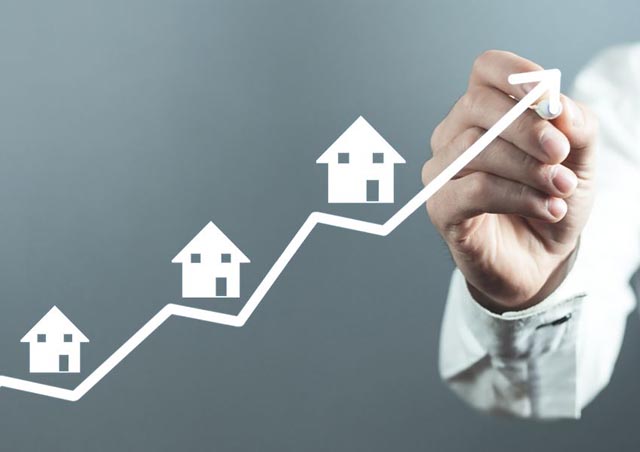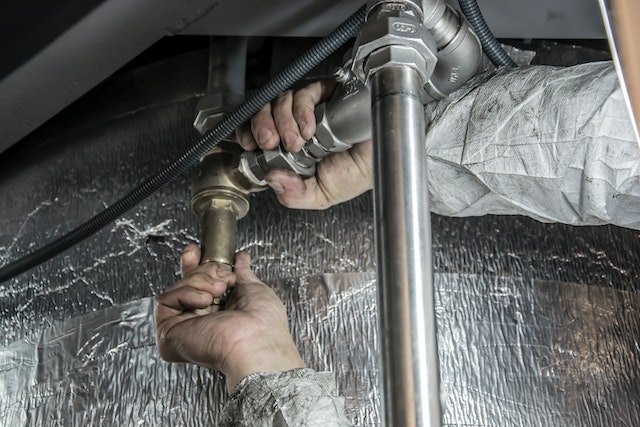Key Takeaways
Great landlords don’t just fix things—they prevent issues before they start with a solid maintenance plan.
A proactive approach can boost tenant satisfaction, protect your investment, and even save you money in the long run.
Staying on top of seasonal tasks and routine inspections keeps your property running smoothly all year.
One of the clearest markers that separates great landlords from merely good ones is how they handle property repairs and maintenance. While addressing tenant issues on time is crucial, the best landlords go beyond reactive fixes and instead implement preventative maintenance strategies.
This proactive approach not only enhances tenant satisfaction but also protects your property investment, minimizes costs, and builds lasting landlord-tenant relationships.
In this guide, the team at SunnySide Properties will explore the concept of preventative maintenance, explain its benefits, and offer practical strategies you can apply to keep your rental properties in top shape throughout the year.
Talk to a Property Maintenance Expert
What is Preventive Maintenance?
Preventive maintenance refers to the routine inspection, servicing, and repair of various systems and components within a rental property, before they break down or become serious problems. Rather than waiting for something to go wrong, you take intentional steps to preserve the property’s condition, functionality, and safety.
This approach focuses on high-impact areas such as:
Plumbing systems
Electrical wiring
HVAC (heating, ventilation, and air conditioning) units
Roofing and gutters
Fire and safety equipment
By addressing small issues before they escalate, landlords can avoid costly repairs, maintain compliance with local housing regulations, and provide a high-quality living experience for their tenants.

Why Preventive Maintenance Matters
Implementing a proactive maintenance plan is more than just a good practice, it’s a smart investment strategy.
Here are the key advantages of adopting preventative maintenance for your rental properties:
1. Saves Time
Catching things early—like a leak or a furnace that’s acting up—can make all the difference. Preventive maintenance gives you the chance to stay ahead of the game, keeping everything running smoothly and avoiding last-minute scrambles. It helps limit downtime and keeps things comfortable for your tenants.
2. Reduces Liability Risks
As a landlord, you’re legally responsible for providing a safe and habitable living environment. Ignoring property upkeep can expose you to lawsuits, fines, or tenant complaints.
Regular maintenance, especially in safety-critical areas like smoke detectors and structural components, shows that you’re actively working to protect your tenants and your property.
3. Saves Money on Costly Repairs
Small problems, when caught early, are usually much cheaper to fix. For example, repairing a small roof leak early could cost a few hundred dollars, whereas water damage repairs from a neglected leak could run into the thousands. Investing in regular inspections and low-cost maintenance tasks helps prevent these expensive surprises.
4. Maintains or Increases Property Value
Well-maintained properties are more attractive to prospective tenants and buyers alike. Keeping up with routine maintenance preserves the aesthetic appeal and functional integrity of the building, which ultimately boosts property value and ensures your rental remains competitive in the market.

5. Improves Tenant Satisfaction and Retention
Tenants are more likely to renew their lease if they feel comfortable and cared for in their home. Preventive maintenance demonstrates professionalism, responsiveness, and respect for the tenant’s experience. This builds trust and often leads to long-term occupancy, which in turn reduces vacancy rates and turnover costs.
Get in Touch with SunnySide Properties
How to Implement a Preventive Maintenance Plan
Creating a solid maintenance plan doesn’t have to be complicated. Below are actionable strategies landlords can use to implement preventative maintenance across their rental properties:
1. Develop a Year-Round Maintenance Calendar
Start by outlining seasonal maintenance tasks and scheduling them in advance. A simple digital calendar or property management software can help you track what needs to be done and when.
For example:
Spring: Tune up the A/C before the heat kicks in, inspect for any water damage from spring showers, and freshen up landscaping and outdoor spaces.
Summer: Keep plumbing in good shape by checking for leaks, schedule a mid-season air conditioner service, and wash down patios, siding, and windows.
Fall: Clear out gutters after heavy rain, inspect the roof for wear, and ensure HVAC filters are clean and ready for continued use.
Winter: While Florida winters are mild, it’s still smart to test heating systems, check insulation for energy efficiency, and look for signs of moisture buildup in cooler spots.

2. Regularly Inspect Key Property Systems
Schedule periodic inspections for your property's most important systems:
Plumbing: Check for leaks, slow drains, or signs of mold.
Electrical: Test outlets, switches, and circuit breakers.
HVAC: Replace filters regularly and schedule annual professional servicing.
Roofing and gutters: Look for cracks, clogs, or pooling water.
These inspections should be both visual (performed by you or your property manager) and professional (licensed contractors or technicians at least once per year).
3. Maintain the Exterior
Don’t overlook the outside of your rental. Keep lawns mowed, trees trimmed, and walkways clear. Fix issues like peeling paint, broken fencing, or cracked siding early to preserve curb appeal and prevent further damage.
4. Address Tenant Requests Promptly
Quickly responding to tenant repair requests, no matter how small, can be a form of preventative maintenance. Fixing a dripping faucet today could prevent water damage or mold tomorrow. Plus, tenants who feel heard and respected are more likely to report issues early, before they get worse.
5. Conduct Pest Control
Routine pest control inspections and treatments can prevent infestations from taking hold. Consider quarterly visits from a pest control professional to guard against rodents, termites, and insects, which are common issues that can silently cause thousands in damage.
6. Fire and Safety Equipment Checks
Test all smoke detectors, carbon monoxide detectors, and fire extinguishers regularly. Replace batteries at least once a year and document every inspection. Also, make sure fire exits are unobstructed and emergency lighting is functional.

7. Document Everything
Maintain detailed records of all inspections, repairs, and communications with tenants regarding maintenance. This helps in case of disputes and also ensures that you’re staying compliant with local laws and lease agreements.
Bottom Line
Staying proactive with maintenance might take some planning, but it’s one of the smartest ways to protect your rental and keep things running smoothly.
From lowering repair costs to creating a better experience for your tenants, the benefits add up quickly. The most successful landlords treat their properties like a business, and that includes regular upkeep and thoughtful care.
If you’re ready to take a more strategic approach to property maintenance, the team at SunnySide Properties is here to help. Reach out to learn how we can support your goals and keep your rental in great shape, season after season.


.png)